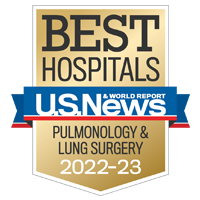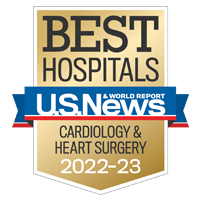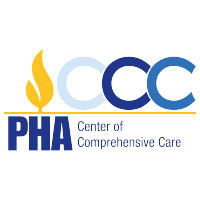
Pulmonary Hypertension
Pulmonary hypertension is a rare and very serious blood vessel disorder of the lung. Primary pulmonary hypertension (PPH) – which is pulmonary hypertension that isn't a side effect of (or secondary to) another condition such as emphysema or lupus – strikes only between one and two people per million.
Managing this illness and its complications, including right heart failure, requires expertise and access to sophisticated treatment such as oral and continuous intravenous medication, and lung transplantation. Treatments for pulmonary hypertension can be highly complex and require intensive ongoing follow-up, all of which are available through our Pulmonary Hypertension Program.
Our approach to pulmonary hypertension
UCSF has been at the forefront of evaluating and treating pulmonary hypertension (high blood pressure in the lungs) for more than 30 years. We care for patients with either primary pulmonary hypertension, a condition that occurs by itself, or secondary pulmonary hypertension, which is a side effect of another disease and is often misdiagnosed. Our hospital is one of only three medical centers on the West Coast designated a comprehensive center of care by the Pulmonary Hypertension Association.
Managing this rare illness and its complications requires the expertise and sophisticated care that UCSF can provide. Our patients have access to the full range of treatments, including oral, inhaled and catheter-based therapies, as well as experimental approaches being evaluated in clinic trials.
In some cases, the best option may be a lung transplant. UCSF performs 40 to 50 lung transplants each year and leads the nation in higher-than-expected rates of patient survival and transplant function.
Awards & recognition
-

Among the top hospitals in the nation
-

Best in Northern California for pulmonology & lung surgery
-

One of the nation’s best in cardiology & heart surgery
-

Accredited center of comprehensive care (Pulmonary Hypertension Association)
UCSF Health medical specialists have reviewed this information. It is for educational purposes only and is not intended to replace the advice of your doctor or other health care provider. We encourage you to discuss any questions or concerns you may have with your provider.





